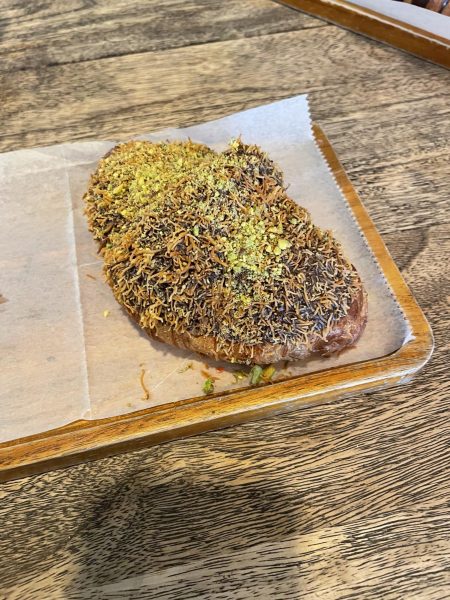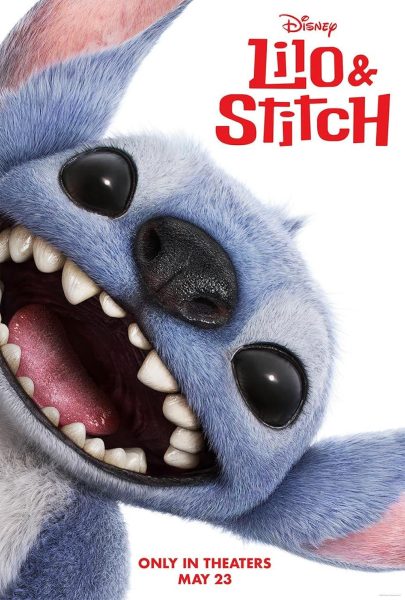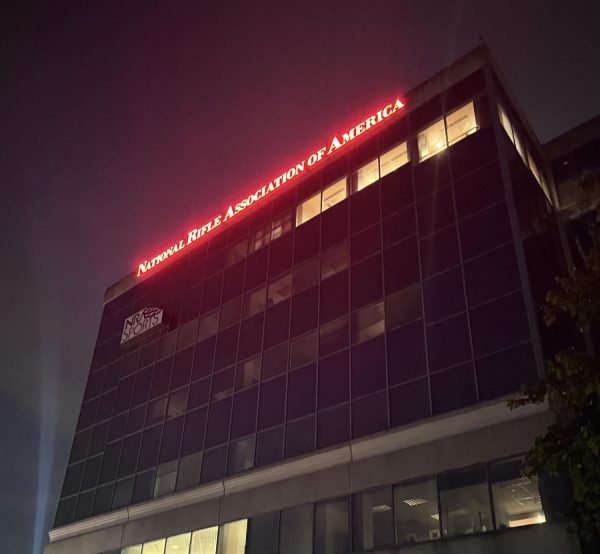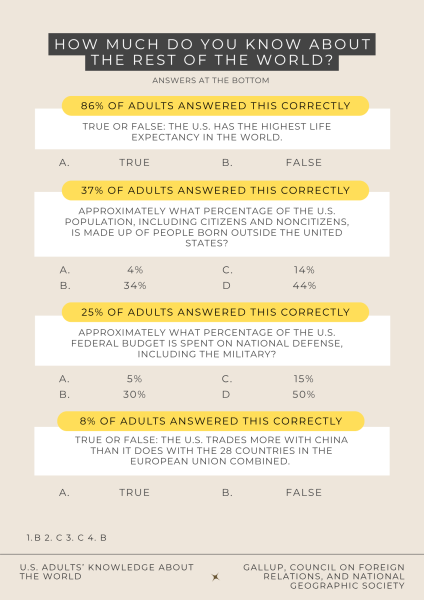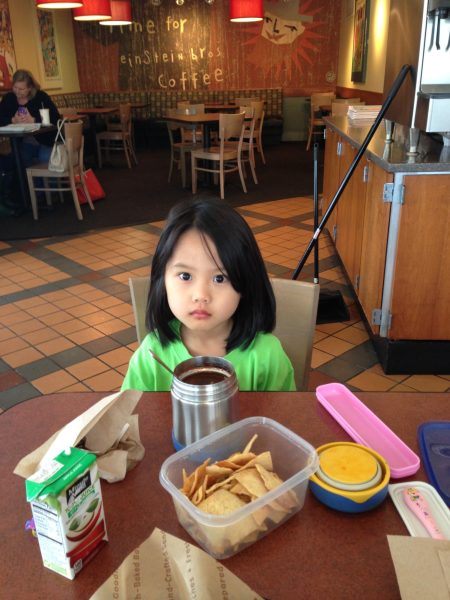Remembering effective horror films of the past
It is the belief, of many film critics and scholars, that horror and suspense movies have declined in quality over the 21st century. This perceived slump is often attributed to poor characterization and an over-reliance on jump scares. Discussed below are five suspense films of the previous century; they hardly ever resort to such methods. They build unease over long periods of time as opposed to forcing it (and forgettably so) for a few seconds. They are brilliantly shot and do not depend on failed reworkings of clichés. They are, to my mind, some of the past century’s peaks in the suspense genre.
In Carl Theodor Dreyer’s “Vampyr” (1932), a man visits an old inn and begins finding signs of a vampiric presence. Throughout its 73-minute running time, “Vampyr” slowly establishes its settings’ peculiarity through location shooting and long shots – both of which succeed in achieving a more lifelike image, and which Dreyer was a notable practitioner of. The film’s visual style is one of dark shadows and bizarre angles, making it a prime example of the German Expressionist cinema of its time (which is known for these elements). Over the following decades, “Vampyr” and other films of this movement would pave the way for a variety of sub-genres.
Many fans of horror are less drawn to the supernatural, being less compelled by fantasy and folklore. These viewers can turn to Alfred Hitchcock’s “Rear Window” (1954). Hitchcock is renowned throughout the English-speaking world as the master of suspense. In his 42nd feature film, Jimmy Stewart plays L.B. Jeffries, a partially paralyzed photographer who watches neighbors through his apartment window and becomes convinced a neighbor of his is in the process of covering up a murder.
“Rear Window” is one of cinema’s most notable examples of mastery in mise-en-scène. A key component in the movie’s value as suspense is Hitchcock’s forcing of the viewer to follow Jeffries’ point of view several times as he scans the wall of the apartment complex, from the highest floors to the street below, and discovers increasingly unnerving details along with the audience. Sometimes a person is shown angered and a door is rapidly closed; other times lights are turned off, or curtains brought down. We hear hardly any of it – and neither does Jeffries.
It is a prime example of the importance of camerawork in assessment of a movie’s merits. Should the same story have taken place, though with a decision by Hitchcock not to make audiences voyeurs, the viewer would likely be less immersed. Many other great filmmakers have set scenes around windows through which significant characters are inaudible to others. The French director Jacques Tati and the American-born Stanley Kubrick would both employ the method, in films close together by release date, as part of commentaries on the proliferation of technology. The use of the technique in “Rear Window,” however, has not been eclipsed.
Not long after, Charles Laughton’s only directorial effort, “The Night of the Hunter” (1955), came to theaters. The film follows Harry Powell – a reverend, yet also a misogynist and serial killer – who plots to murder a widow for her husband’s money. A large part of the film’s effectiveness lies in its cinematography, which makes use of stark contrast between black and white, and features bizarrely theatrical set pieces. This visual style took influence from the German Expressionist movement, exemplified by films such as the aforementioned “Vampyr.”
The trope in horror of the man whose depravity forces others to flee is a known prototype for countless works of the genre, whether they are movies or books. Stanley Kubrick’s “The Shining” (1980) is a brilliant example of what can be accomplished when this theme is expanded and built upon. The film follows Jack Torrance and his family as he begins working as the caretaker of the Overlook Hotel throughout the winter.
Something noteworthy of Kubrick’s approach is the fact that it was highly compatible, both on paper and in execution, with the horror genre. The film “2001: A Space Odyssey” (1968) had signalled a radical, and hugely influential, shift in pacing and tone from his previous two works. It was marked by longer takes, many of which were tracking shots that followed characters through things unknown either to the character, the audience, or both; use of eccentric orchestral pieces over conventional soundtracks; and symmetrical set pieces and images. These are employed in “The Shining,” and the result is not only great as cinema but effective as horror.
The spaciousness of the Overlook Hotel cannot be ignored. In an effort to convey its size, Kubrick became a pioneer in the use of Steadicam, a piece of camera equipment allowing for more polished shooting of sets and characters. In “The Shining,” tracking shots abound, showing the hotel’s vast interiors. At one point the viewer follows Jack’s son, Danny, as he rides a tricycle through the hallways of the hotel. The camera is positioned close behind the back of the tricycle, traveling the same path. Over the years, analyses of the film have suggested that the Overlook Hotel is a physically impossible construction, with many architectural incongruities meant for further alienation of viewers.
“The Shining” has been described by Jack Kroll as the first epic horror film, and this characterization is quite defendable. It is a thriller, but it is also the story of an emotionally moving downfall. The protagonist is initially the caretaker of a hotel but becomes the clear antagonist, and the visual symbolism within his descent – be it a hedge maze or the whiteness of snow – enhances this.
Most of these four movies serve as excellent examples of how a truly great thriller is made more through the creation of an unsettling environment, either through camerawork or set pieces, than the techniques most often used in the suspense of today – which seems preoccupied with the preservation of fast pacing and entertainment value.
Your donation will support the student journalists of Chantilly High School. Your contribution will allow us to cover our printing and annual website hosting costs.




